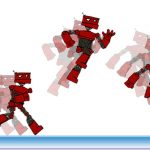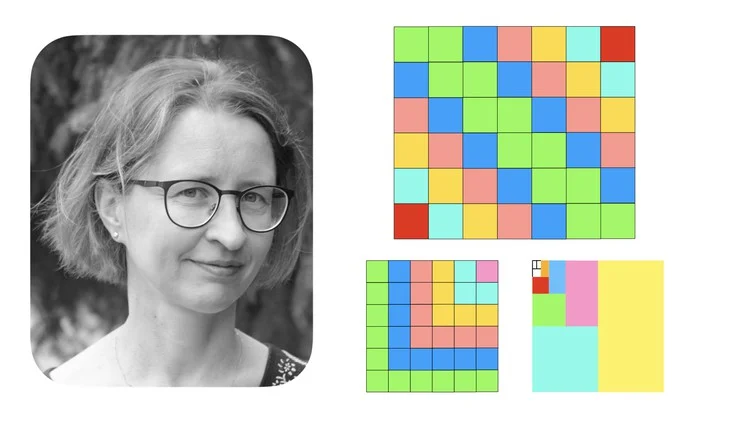- Creative problem solving, with fun tricks and geometrical illustrations of the results.
Requirements
-
Being able to perform arithmetical operations (addition, subtraction, multiplication, division) on real numbers, in particular fractions.
-
Being familiar with basic rules for computations with real numbers, such as the commutativity law, the associativity law (for addition and multiplication) and the distributivity law (F.O.I.L. method / parenthesis multiplication; the square of a sum; the cube of a sum; the difference of two squares).
-
Being familiar with the concept of divisibility for natural numbers.
-
Being able to handle variable expressions and understanding that all the regular rules for computations with real numbers also hold for algebraic expressions.
-
Being familiar with the rules for powers with natural exponents (the product rule) and simple factoring of expressions.
-
Being able to solve simple (linear, and second-degree) equations.
-
Being interested in mathematics or at least feeling the need of studying and understanding it.
Description
Mathematics is often thought of as a tool for engineering or finances, but it is not its only purpose. Mathematics is also a product of the human mind which has an aesthetic function: to satisfy the human need of completeness, to give intellectual satisfaction, and even delight.
This course shows mathematics as art, not as craft. It can help you fall in love (possibly: again) with mathematics, or at least help you understand the math lovers who always praise the beauty of maths.
All the problems solved in this course are solved with help of really simple tricks, without using complicated theories. Some of them were presented in my earlier (free) course “Mathematics: Proofs by induction”. In this earlier course, the formulas were proven by induction, while in the present course they are *derived*, so that you don’t need to know the result in advance, which you really needed in case of proofs by induction. In some cases you will also get geometrical interpretations of the obtained results (yes: the three rectangles in the course image).
Because of the time restriction (max 2 hours of video content) for free courses, some problems are solved in articles added as resources for the course.
All the problems are on high-school level, but the course can be interesting for anybody who wants to see some recreational mathematics and learn some neat tricks.
The following types of problems are presented here:
In Section 1:
Several formulas for sums of elements in sequences of numbers: some arithmetic progressions (sum of all the natural numbers from 1 to n in Lecture 2, sum of all the odd numbers from 1 to 2n-1 in Lecture 3), a geometric progression (Lecture 8), the sequence of the squares of natural numbers (Lecture 4), two less known sequences (in Lectures 5 and 6); in three cases (Lectures 2, 3, and 8) you get nice geometrical interpretations of the results. One formula for a product of elements in a sequence of numbers (in Lecture 7).
In Section 2:
Two divisibility problems (Lectures 9 and 10) and one inequality (Lecture 11).
In Section 3:
In the last section (articles only, no videos) you will get introduced to three different situations where a similar trick is applied: getting rid of infinitely many operations by applying some smart substitutions, and solving some equations (linear or quadratic, with one unknown):
— infinite periodic decimal expansions (Lecture 12)
— infinite periodic continued-fraction expansions (Lecture 13)
— infinitely many times nested square roots (Lecture 14).
Extras
You will learn: about all the courses we offer. You will also get a glimpse into our plans for future courses, with approximate (very hypothetical!) release dates.
Who this course is for:
- High-school students who want to see some fun maths stuff they won’t see at school.
- Everybody who wants to learn some fun maths tricks and see some nice geometrical illustration of mathematical formulas.






